Before we had conquered the skies and mastered the ability to communicate via satellites, there were plenty of experiments and trials that were conducted by scientists and researchers. For instance, “Project Echo” came as one of the first ground-breaking experiments that NASA conducted back in the 1960’s by sending huge metalized balloon satellites in orbit around Earth.
Unlike the satellites which operate today, these balloon satellites were acting not as transceivers but as passive reflectors of signals. The first such satellite, Echo 1, was created in Minnesota by Gilmore Schjeldahl, an American businessman, as well as an inventor in plastics, adhesives, and circuitry. Once in orbit, communication signals send from the surface of Earth were reflected from the satellite surface and then returned to Earth.
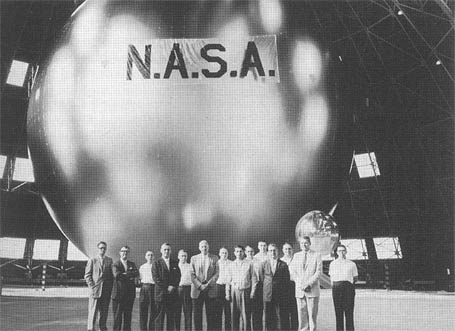
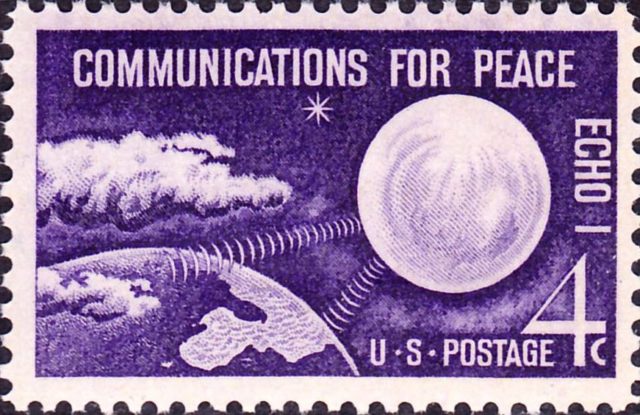
During ground testings, the Echo 1 was filled with about 40,000 pounds of air. While in orbit, only several pounds of gas were needed to fill the sphere. On its launch, the balloon weighed approximately 157,000 pounds, which included 33,34 pounds of sublimating powders of two distinct types. “To keep the sphere inflated, in spite of meteorite punctures and skin permeability, a make-up gas system using evaporating liquid or crystals of a subliming solid were incorporated inside the satellite,” says also NASA.
As passive communication satellites, these ballon-shaped satellites had a limited communications relay. It was a struggle to also send them off into orbit. The first attempt failed when the first Echo satellite got miscarried on the morning of May 13th, 1960. From Cape Canaveral, it went into the Atlantic Ocean, instead of in an orbit. The second attempt with the Echo 1A (or just Echo 1) was successful, and the satellite balloon was elevated into a 944-to-1,048 mile orbit. The historic date was August 12th, 1960.
The diameter of the satellite was about 100 feet, and its total mass was 397 lb. Because of its shiny surface, the object was easily perceivable to the human eye over most of the Earth. Up there, it was able to successfully redirect telephone, radio and television signals, inter-continentally, as well as transcontinentally. Those who were involved in the project, called the Echo 1, a “satelloon,” the word being a portmanteau of a satellite-balloon.
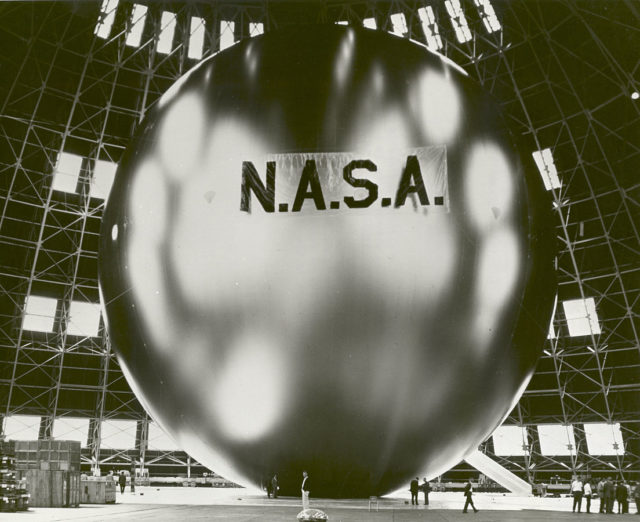
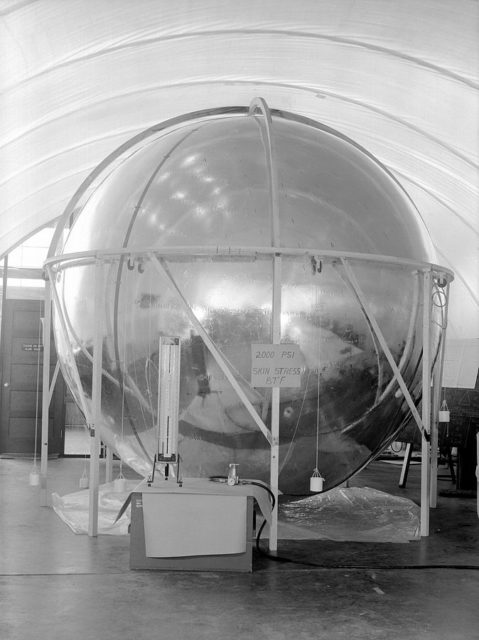
Echo 1A was first thought to survive until July 1963, but it ended up floating around for a couple of more years. The satelloon burned up once it entered the Earth’s atmosphere on May 24th, 1968. In the meantime, NASA sent the Echo2, a 135 ft balloon in diameter, with an improved design which included an inflation system that boosted its sphericity and smoothness. It was launched on January 25th, 1964.
Echo 2 was not only used as a passive communication satellite. It was further used to study the dynamics of large spacecraft, and also for global geometric geodesy. Being larger than its older brother Echo 1A, Echo 2 orbited in a near-polar orbit and was clearly visible from all over Earth. Its life ended on June 7th, 1969, when it returned to Earth’s atmosphere and burned up.
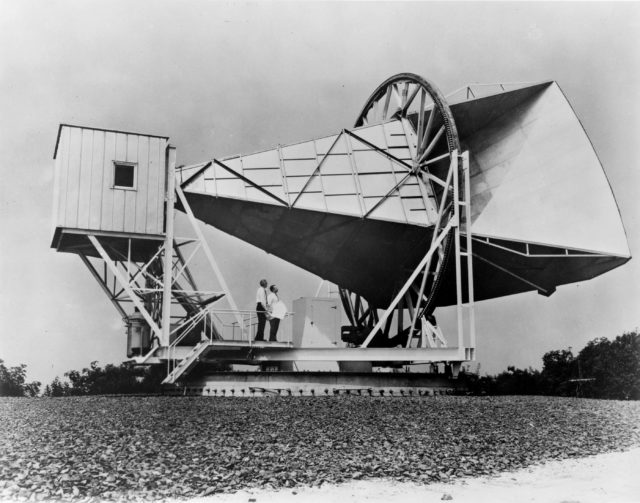
On a side note, the Echo satellite program also provided astronomical reference points that were demanded to locate Moscow accurately. This enhanced the accuracy that was queried by the US military, which aimed at targeting possible intercontinental ballistic missiles during the Cold War.
Read another story from us: NASA has released over 10.000 photos from the Apollo moon mission
The large horn antenna at Holmdel, built in 1959 to support the operations of the Echo Project, was later modified to work with the Telstar Communication Satellite frequencies. Under the Telstar operations, it served as a receiver for broadcast signals from the satellite. In 1964, it was used by Arn Penzias and Robert Woodrow Wilson who discovered the cosmic microwave background radiation with it. In 1978, they were awarded the Nobel Prize in physics. In 1990, the Holmdel horn antenna was given to the National Park Service and was designated as a National Historic Landmark.
